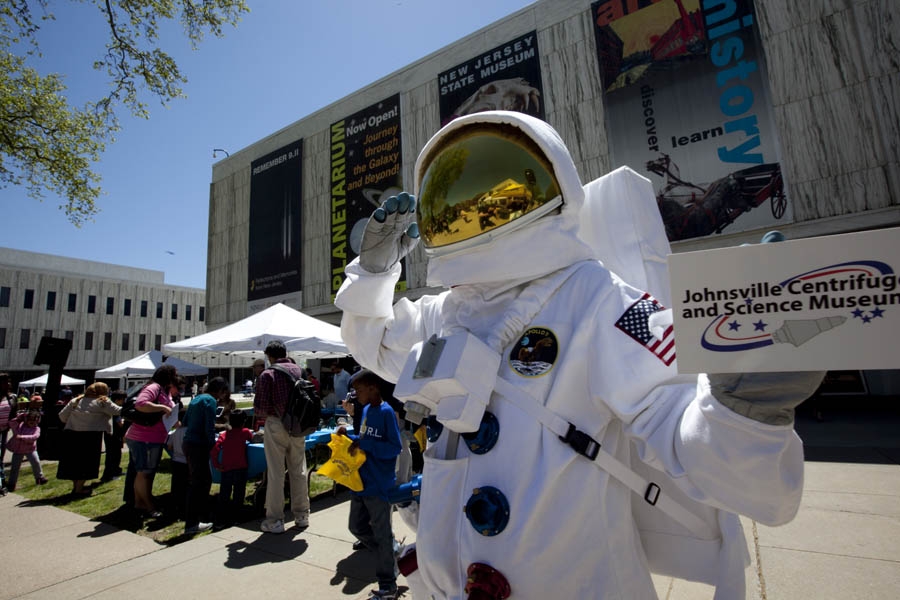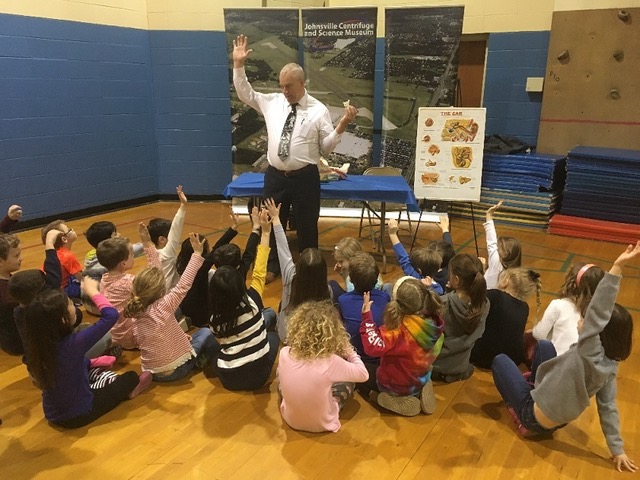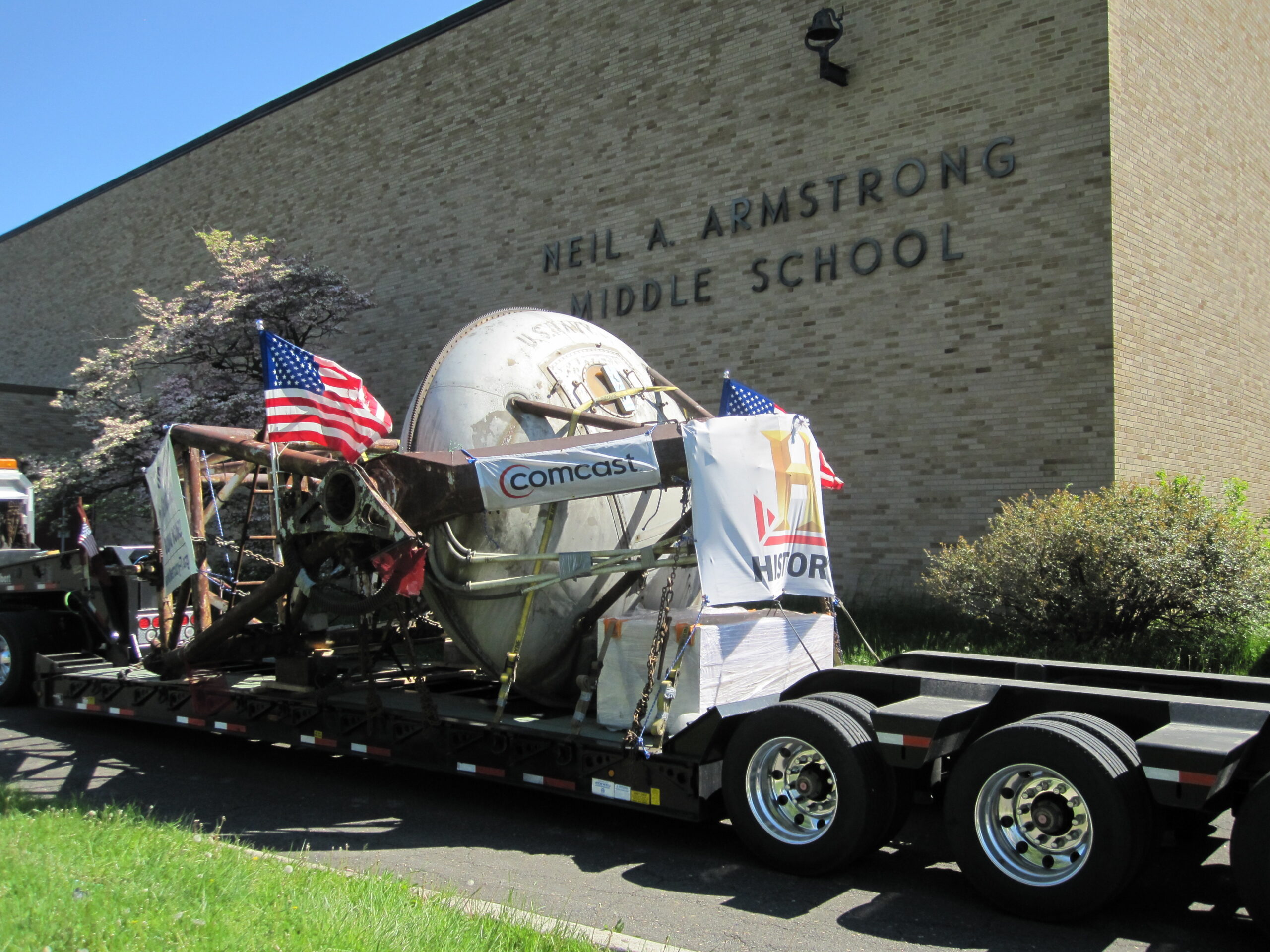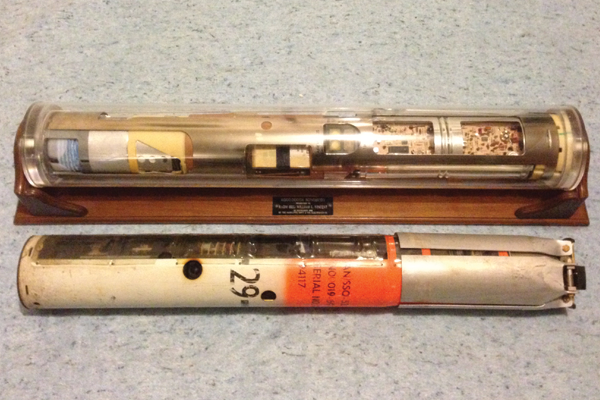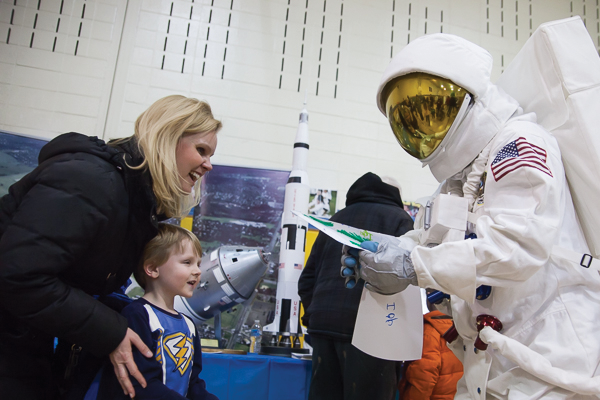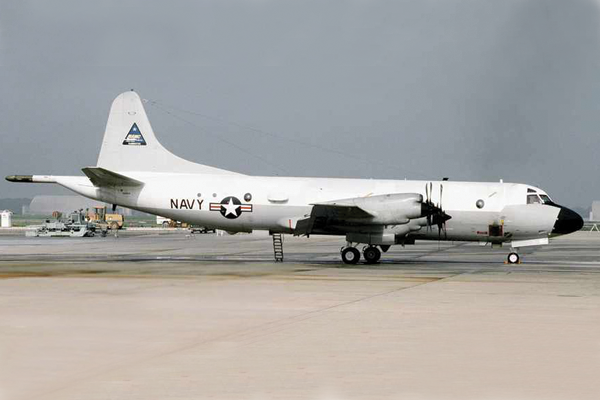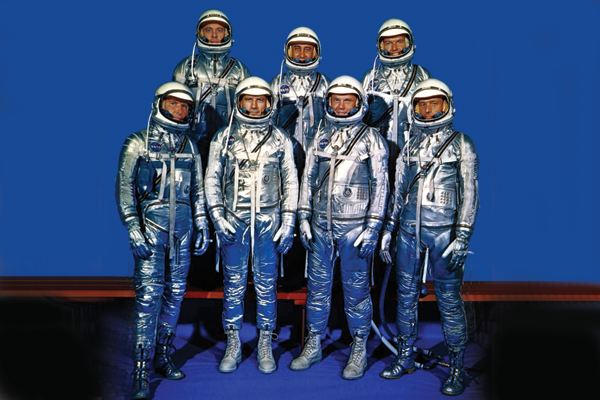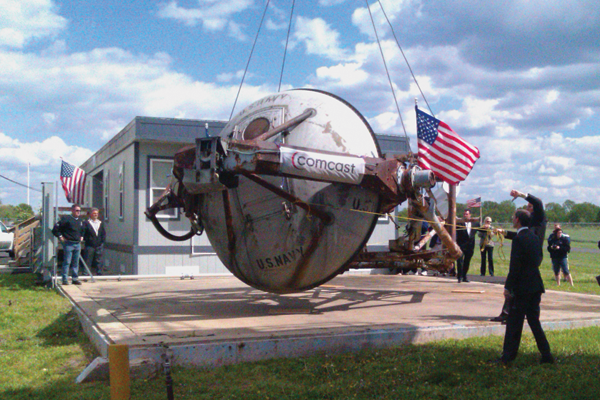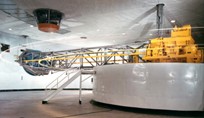Welcome
Johnsville Centrifuge & Science Museum is dedicated to preserving the history of innovation forged at the Naval Air Development Center (NADC) in Warminster PA and to use that history to inspire today’s youth to explore STEAM (Science, Technology, Engineering, Arts & Math) careers.
We are committed to preserving key artifacts related to NADC like the original training capsule of the Johnsville Centrifuge, and the Iron Maiden, which was used by R. Flanagan Gray to set the record for the highest sustained G load by a human being.
We provide speakers for school, scout, civic and senior groups.
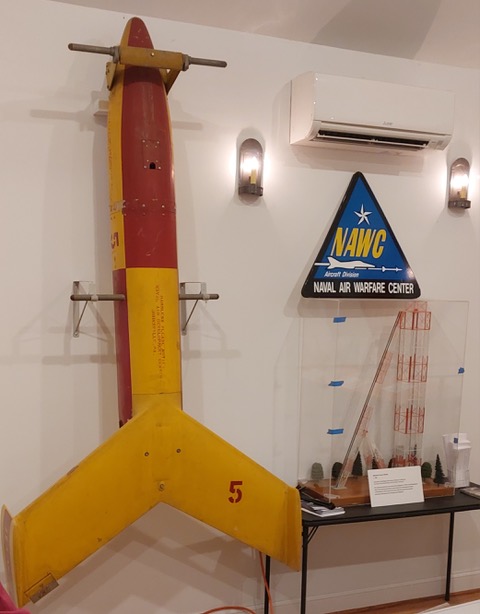
Visit Us
Our exhibit space is now open at the John Fitch Steamboat Museum at 599 Newtown Road, Warminster, PA. where the Iron Maiden and other important NADC artifacts are on display.
You can visit us there from Noon to 3 PM on the second Sunday of every month.
Private group tours and STEM classroom experiences are available by appointment.
NADC History
Our organization is dedicated to preserving the history of the Johnsville Naval Air Development Center (NADC), it’s research laboratories that helped in the Cold War and our region’s contribution to the US Space Program. This is managed by our history and exhibits committee, also known as the NADC Historical Society.
NADC began as farmland acquired by the Brewster Aircraft Company in 1939. By 1941 a factory was in operation on the site building their legacy Buffalo Fighters and Buccaneer Dive Bombers intended for use by the Navy during WWII. The Navy began supervising the operation of the company after Brewster experienced difficulties with production. By the end of World War II the Navy acquired the property outright and converted it for use by the Naval Aircraft Modification Unit (NAMU), a division of the Naval Aircraft Factory.
When the war ended, the production shops were converted to research laboratories studying and developing pilotless aircraft, electronics, and weapons, and the Naval Air Development Station, Johnsville (NADS) was born. Construction of the human centrifuge building began in 1947 and was completed by 1949. It initiated operations to research the limits of human tolerance for “G” forces and was used to train the Mercury, Gemini, Apollo and initial classes of Space Shuttle astronauts.
Over the ensuing years, changes associated with new missions resulted in renaming the site to the Naval Air Development Center (NADC) Johnsville and eventually to the Naval Air Warfare Center (NAWC) Warminster. More than 31 laboratories would call Warminster home including those studying navigation, submarine detection, aerospace materials, aircraft structures, pilot’s equipment, computers, airborne photography and aircraft instrumentation. The scientists and engineers at NADC averaged fifty patents a year and developed technologies that affect our daily lives like flight data recorders (also known as airplane “black boxes”), fire retardant textiles, self-tinting (“photo-gray”) lenses, pilotless aircraft, heart catheters and GPS systems. NADC continued operations until 1996 when most of its operations were transferred to the Naval Air Station Patuxent River in Maryland. The centrifuge continued operations until 2004.
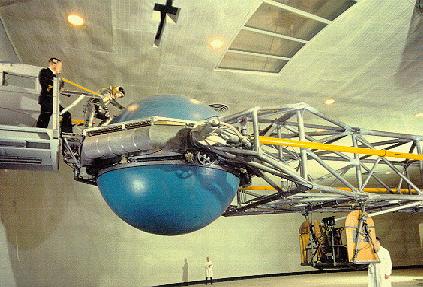
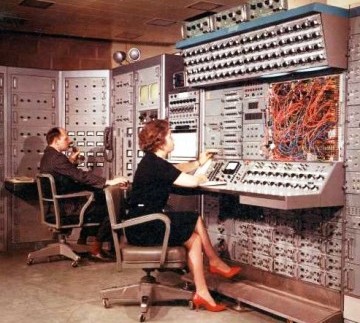
Mission and Purpose
The mission of the Johnsville Centrifuge and Science Museum is to provide a world class educational and entertaining environment for the study of aerospace sciences where learning is an inspirational experience.
PURPOSE
Our stated purpose is to establish, maintain and operate a premier science museum to serve the community by providing a learning center to study Aerospace Science and other related topics. We will endeavor to educate and inspire the youth, enlighten the population and entertain its seniors. We will acquire, restore, preserve and protect NADC related items and archives. We will do these things in an ethical, fiscally responsible and ecologically sensible manner.
WE HAVE SIX PRIMARY OBJECTIVES
- Provide the young with a center of learning specializing in science and history. Planned topics include astronautics, aeronautics, biomedical studies, flight simulation, software and physics.
- Honor the early astronauts and their heroic deeds.
- Provide seniors with a place they can experience and engage in stimulating activities.
- Preserve the contributions of the NADC Alumni and local population towards the development and advancement of the US Space Program.
- Preserve for future generations the drawings, documents, photographs, oral histories and film archives of Brewster, NAMU, NADC and NAWC.
- Provide a public model of sustainable energy efficiency and green technology in a commercial setting.
